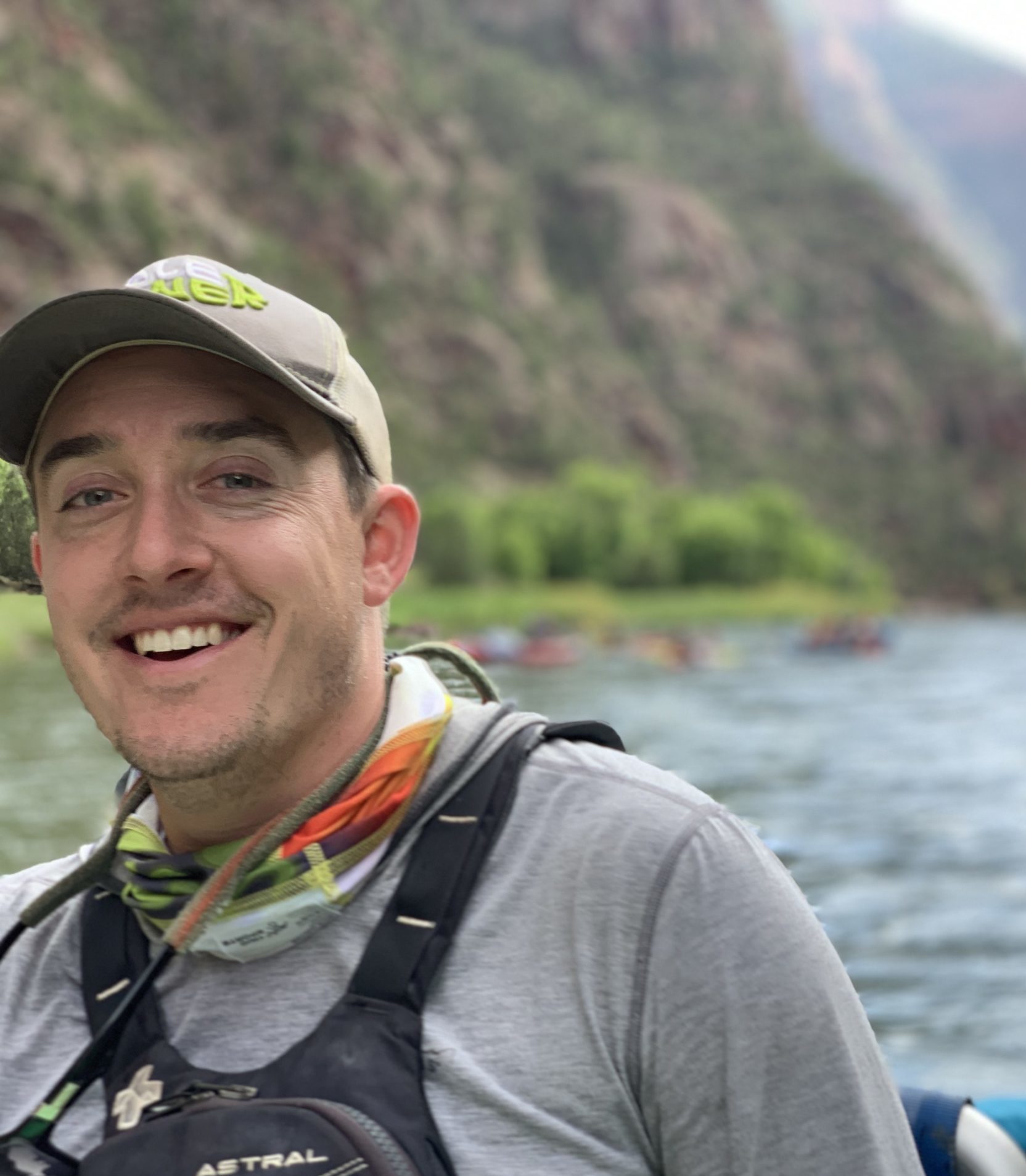When zebra mussels were first discovered in the Great Lakes in 1988, I was not particularly concerned about the impacts they would have on Lake Erie. As a two-year-old, I was just beginning to learn to swim in those waters, but I don’t think I was alone in underestimating the power these little mollusks had to fundamentally transform the largest bodies of fresh water on Earth in the coming decades.
Having seen them spread through the Great Lakes and begin to pop up in more and more of the Midwestern ponds and lakes where I swam, fished, and sailed as a kid, it is difficult to overstate how concerning it was to learn that a robust population of adult mussels was found in a private lake in western Eagle County.
After they arrived in the bilge water of freighters coming from the Caspian Sea, zebra mussels changed everything about the Great Lakes. The little critters clogged every surface they grew on, costing billions of dollars in repairs, maintenance and upkeep of pipes, outfalls, dam infrastructure and turbines. They filtered the naturally silty waters of Lake Erie, allowing greater light penetration that caused algae blooms and further accelerated warming as climate change progressed. In addition to reproducing rapidly, zebra mussels are incredibly efficient filter feeders capable of consuming the nutrients that native invertebrates need. Nothing really eats them, so the resources they consume are unavailable to sport fish like walleye and trout.
If zebra mussels could cause that kind of devastation in a massive system like the Great Lakes, can you blame me for lying awake at night wondering what will happen if they get a toehold in the Eagle and Colorado rivers? Will our native aquatic bugs be able to seek out a living with zebra mussels sucking all the nutrients from our little trout streams? Will there be any mayflies left for the trout to eat a couple of decades from now? We could be on the cusp of a sea change that will fundamentally transform the river ecosystems of western Colorado and the economies that depend on them.
While zebra mussel larvae (called veligers) were detected in the Colorado River between Glenwood Springs and Silt over the last few summers, no adult mussels have been found in the Eagle or Colorado rivers. There is still hope that Colorado Parks and Wildlife could eradicate the mussels from the private lake where they originated, but there is little hope that we could ever get rid of them if adult mussels take hold in the Eagle or Colorado River. You can’t drain a river or treat it with molluscicide without killing all the fish and other organisms in the process. It is incumbent upon all of us as river users to prevent their spread.
Zebra mussels don’t get up and walk from one river to the next. They hitch rides with people in the bilge water of boats, the coolant water of outboard motors, even in the neoprene of a wet pair of waders or the fin pocket of a paddleboard. Now that they are here, we need to stop the spread by cleaning, draining and drying our boats and fishing gear. Saving the river systems we love depends on all of us taking serious steps to avoid contaminating new waters.
To learn more about how to be a responsible river user and stop the spread of aquatic invasive species like zebra mussels, visit https://cpw.state.co.us/aquatic-nuisance-species-program.
If you want to learn about how waves of invasive species have transformed the Great Lakes, pick up a copy of The Death and Life of the Great Lakes by Dan Egan.
 Pete Wadden is President of the Board of Eagle River Coalition and a resident of Gypsum, CO.
Pete Wadden is President of the Board of Eagle River Coalition and a resident of Gypsum, CO.
